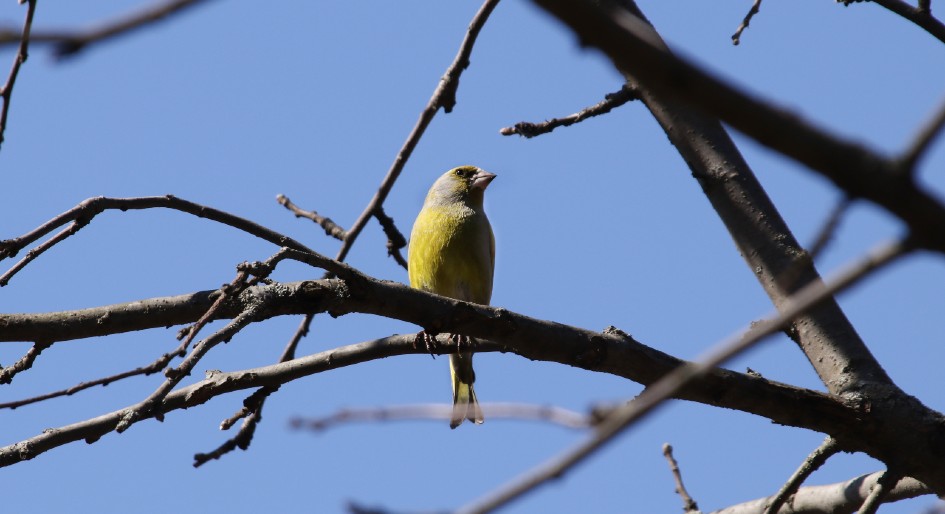Spring songbird migration in the Great Lakes area is taking place from mid-March through early June, but many feathered friends won’t be making it to their northern breeding areas due to fatal collisions with reflective and transparent glass. Light pollution in urban areas intensifies this problem by throwing migrating birds off course and drawing them closer to buildings.
Fatal Light Awareness Program (FLAP) Canada, a non-profit organization that protects migratory birds in urban settings is urging facility owners and managers to help prevent bird deaths.
Collisions with buildings are a leading cause of migratory bird mortality in North America. Helping to avert this fate is said to increase a building’s reputation, satisfy some green certification requirements, incorporate a more holistic view of sustainability and prevent liability.
Here are five helpful tips to help migrating birds this spring, via FLAP Canada.
Make windows bird-safe
Birds collide with windows because they do not see glass as a barrier to flight. Instead, they see the reflection of habitat or sky, or a clear passageway. To help birds recognize that glass is a barrier that they must avoid, apply visual markers in a dense pattern to the outside surface of the glass. To make these markers most effective, follow FLAP Canada’s BirdSafe Building Standards. There are many cost-effective and aesthetically pleasing options on the market.
Buildings which follow certain standards for bird-safe practices, including treating windows to be bird-safe, can consider pursuing certification opportunities to get recognition for their efforts. BOMA BEST Sustainable Buildings certification and LEED are two options that recognize efforts to make buildings safer for birds.
There are laws protecting migratory birds in Canada, and building owners have a legal obligation to exercise due diligence in avoiding harm to birds. Building owners who permit the killing of protected bird species, even unintentionally through untreated glass at their building, can open themselves up to legal prosecution.
Turn off the lights to save birds, energy, and money
Many songbirds migrate at night, and light pollution from urban areas can throw them off course and increase the likelihood of them hitting buildings. Reducing unnecessary lighting at night, especially during the critical periods of spring and fall migration, is a simple way to help migrating birds while also leading to energy and cost savings from decreased electricity usage.
Follow these guidelines for reducing the impact of both interior and exterior lighting on migrating birds.
Interior Lighting
- Turn off all lights in unused interior spaces.
- Draw blinds when interior spaces are occupied, i.e., workstations.
- Turn off non-security overhead lighting in occupied spaces, while encouraging the use of task lighting at workstations.
- Human safety and building security lighting should be isolated to areas as the law and code requires.
- Switch to cleaning of interior spaces during daylight hours.
- Dim lights from 11 p.m. to 6 a.m. in public areas, i.e., lobbies, atria, retail, etc.
- Install motion sensors or an auto shutoff system with a maximum 30-minute vacant period.
Exterior Lighting
- Install only shielded, downward directed fixtures.
- Exterior architectural lighting fixtures are limited to grade level.
- Lighting should be limited to areas where required for safety and security.
- Prohibit spots, floods, and advertising lighting during bird migration months: March through early June and August through mid-November.
Assess the building for bird-collision potential
Some buildings, and some façades of individual buildings, pose a much greater threat to birds than others. Factors that influence how dangerous a building or façade is include the square metres of glass present, the reflectivity and transparency of windows, the abundance of nearby vegetation, and the amount of nighttime lighting emissions.
Assess the building for bird-collision potential using FLAP Canada’s free, online building self-assessment tool. Additional support, including creating a plan for mitigation action, is available from FLAP Canada.
Monitor the building for bird-window collisions
During migration seasons, complete a daily morning walk around the perimeter of your building to look for evidence of bird-window collisions. This could be a dead or injured bird, a pile of feathers, a powdered imprint, feathers or bodily fluids on glass, or witnessing a collision yourself. Document your observations, including a photo if possible, on the Global Bird Collision Mapper. This will give you an overview of collision hotspots at your building.
If you find an injured bird, follow these guidelines.
Sign up for migration alerts
FLAP Canada offers migration alerts specifically tailored to property owners and managers. By signing up, you will receive a timely reminder of peak migration activity, along with useful tips and guidance to take targeted actions to help migrating birds. Sign up for migration alerts. You can unsubscribe at any time.





